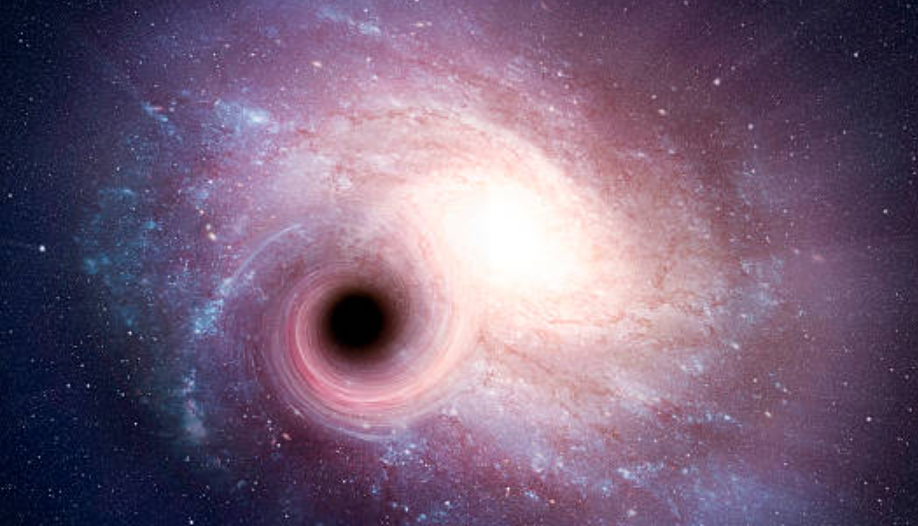A recent preprint proposes that numerous minor black hole explosions produced the gigantic black holes of the early cosmos.
While direct observation of black holes remains challenging, the presence of supermassive black holes is inferred from the observation of quasars, powerful sources of radiation fueled by these enigmatic objects.
The traditional model of star formation suggests that huge clouds of hydrogen gas collapse into smaller pockets, giving rise to stars rather than black holes.
However, this new study from astronomers at UCLA and the University of Tokyo introduces the concept of utilizing tiny black holes to prevent premature fragmentation of hydrogen gas clouds.
The proposal hinges on the ability of small black holes, which are theorized to have formed in the intense conditions of the early universe, to emit Hawking radiation as they evaporate. This radiation could effectively regulate the cooling of hydrogen gas clouds, allowing them to steadily collapse into massive black holes without fragmenting into stars.
Early Universe Black Hole Formation

The compelling aspect of this concept lies in its reliance on established principles of conventional physics, as opposed to relying on unconventional energy sources or introducing additional forces of nature.
This distinctive feature adds to its appeal by emphasizing compatibility with existing scientific frameworks and avoiding the need for exotic or unfamiliar theoretical constructs.
The researchers aim to further explore this concept through comprehensive simulations, seeking to validate their model’s ability to account for the abundance of giant black holes observed in the early universe.
Ultimately, this study underscores the intricate interplay of fundamental physics in shaping the universe’s evolution, shedding light on the potential mechanisms behind the formation of colossal black holes in its nascent stages.
In the forthcoming years, as advancements in telescope technology, such as the James Webb Space Telescope, continue to evolve, there is the potential for further investigations that could provide valuable data to either substantiate or enhance our understanding of this captivating hypothesis.


Comments are closed.